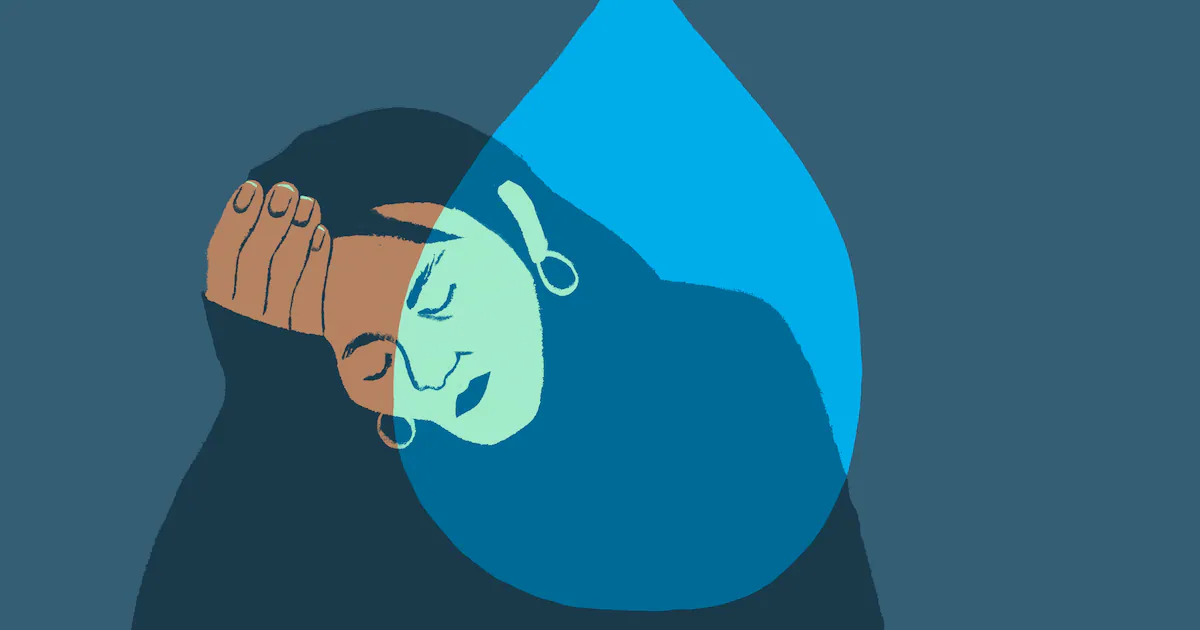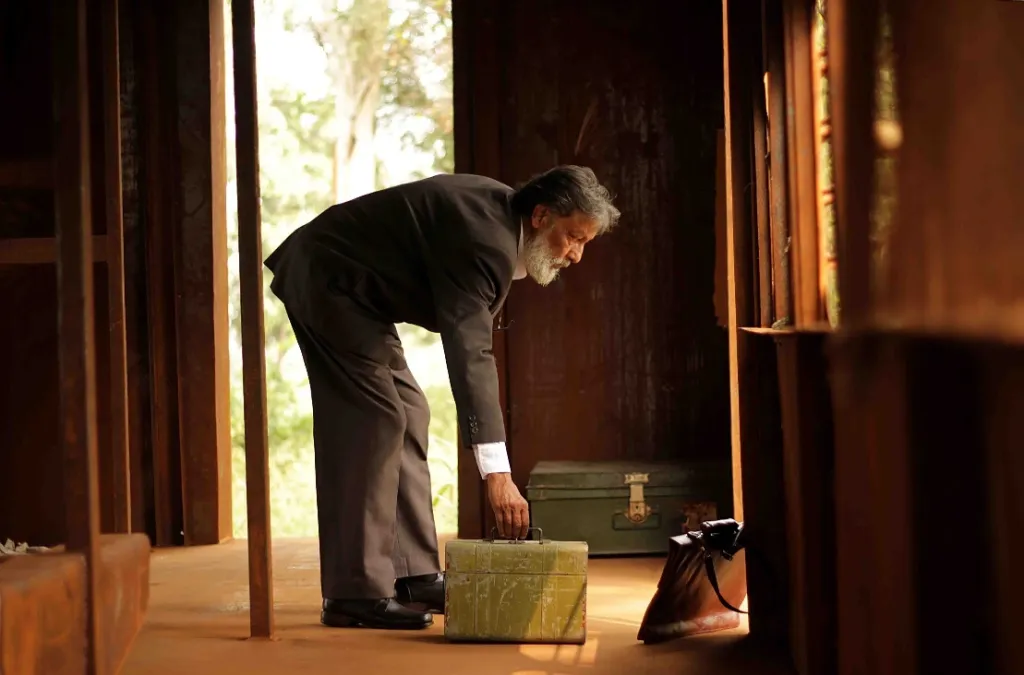Copyright Salt Lake City Deseret News

As late fall and winter arrive, the shorter days make some people more than just sad. Seasonal affective disorder (SAD) is a type of depression that worsens through the winter months and goes away with the arrival of spring and longer days. The Mayo Clinic reports that the cause is not known, though it could be “reduced sunlight, which reacts with the natural chemicals in your body, like serotonin and melatonin, that determine mood and energy levels and regulate sleep.” Lots of people get so-called winter blues. That’s not SAD. People with seasonal affective disorder have much stronger symptoms that can make it hard to function “at home, work and in social settings,” per the Mayo Clinic. The condition is more common in the northern half of the U.S. because there’s less sunlight than down south. The estimate is that perhaps as many as 1 in 10 people in the northern regions have SAD, which runs in families and it is more common in women. What is seasonal affective disorder? Among the symptoms: Hard time concentrating. Feeling tired and fatigued, “including feeling a loss of energy nearly every day” of the less-daylight months. Feeling worthless. Losing interest in things you normally would enjoy. Feeling persistently sad or depressed. Sleep disturbance that can lead to too much or too little sleep. Weight gain or loss. The Guardian adds that people with SAD also may want to eat more, especially carbohydrates. And Cathy Wyze, a chancellor’s research fellow at the University of Edinburgh, told The Guardian that the biggest advance over the past decade “has been the realization that seasonal changes in human mood are probably endogenous — that they’re part of our physiology.” Per The Guardian, “Wyse and her colleagues recently analyzed four years of UK Biobank sleep data from half a million people. ‘We found that in winter, people tended to sleep longer and had increased sleeplessness — their sleep wasn’t so good as in the summer,’ said Wyse, who will present these findings at the British Sleep Society conference in Brighton next week.” The impact of reduced sunlight is believed to be even greater on people with bipolar disorder than on those who do not have that disorder. How is SAD treated? Among the treatments for SAD that Mayo recommends are getting a prescription for and directions on how to use light therapy, antidepressant medication, at least 20 minutes a day of exercise and/or cognitive behavioral therapy. Mayo says you can also take preventive measures before symptoms begin, including increasing physical activity, spending time outside when the sun is out, keeping your environment bright, making sleep a priority, socializing — get out and about — with friends and family, eat well, avoid drugs and alcohol that make depression worse. You can manage stress with techniques like deep breathing, mindfulness and meditation. The Guardian adds grabbing morning sunlight, a regular sleep schedule, avoiding screens late at night, grabbing an hour outdoors in daylight even on cloudy days, reframing “I hate winter” to “I can plan around winter.” The most important might be The Guardian’s last bit of advice: “Know when to seek help.” If mood, sleep or motivation lag for weeks or interfere with normal life, see a professional, because SAD can be treated.



